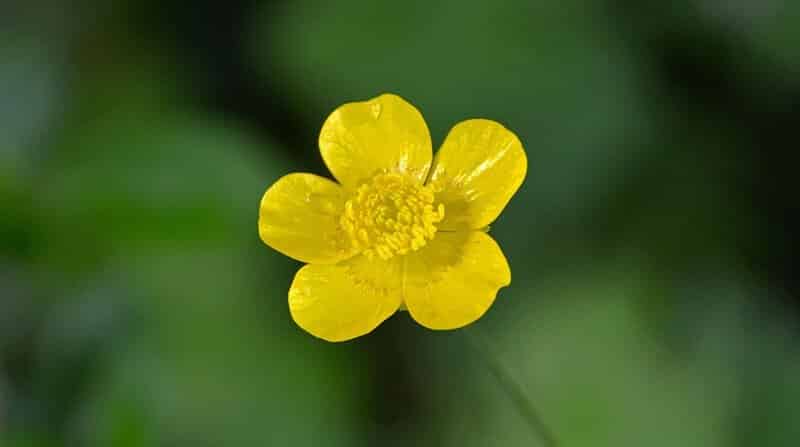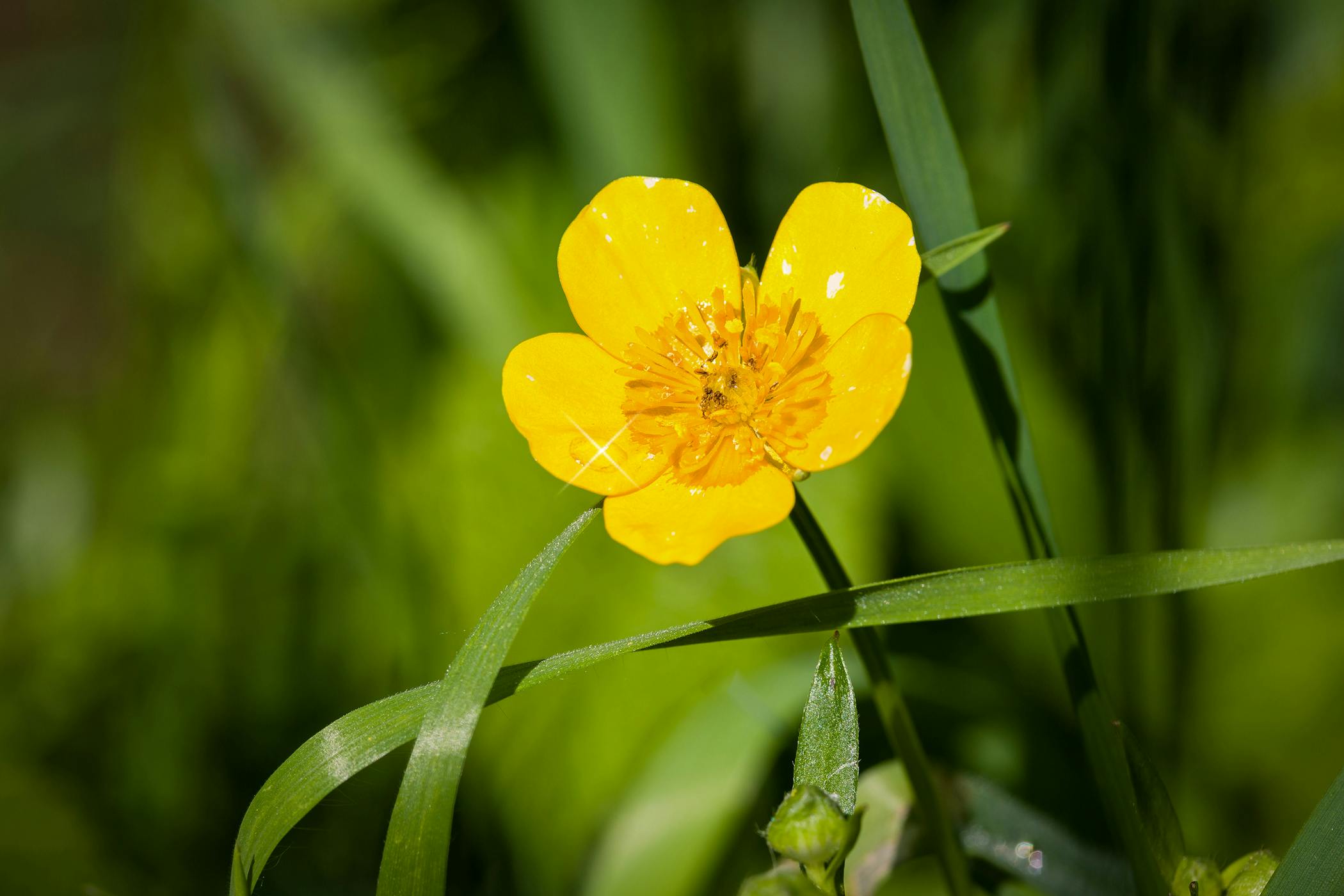- How To Bake A Buttercup Squash
- A Buttercup Squash
- Buttercup Flower Scientific Name
- Peel A Buttercup Squash
- Build Me A Buttercup Youtube
- Is Buttercup A Flower
The buttercup is similar in that the offending chemical, a glycoside called Ranunculin, is not a problem until the plant’s cells are crushed. Then an almost instant enzyme reaction turning Ranuculin into Protoanemonin, a bitter, irritating, yellow oil. ' Build Me Up Buttercup ' is a song written by Mike d'Abo and Tony Macaulay, and released by The Foundations in 1968 with Colin Young singing lead vocals. Young had replaced Clem Curtis during 1968 and this was the first Foundations hit on which he sang. 1 on the Cash Box Top 100 and No. 3 on the US Billboard Hot 100 in early 1969.
Ranunculaceae
Plants of the Buttercup Family

The Buttercup family is like a window back in time. None of today's species were around 100 million years ago, but the Buttercups and other primitive groups like the Magnolias have retained the most ancestral characteristics over time. The Buttercups are considered very 'simple' because the floral parts-the petals, sepals, stamens and pistils-are all of an indefinite number and separate from one another. Also, the stamens and pistils are spirally inserted in a cone-like receptacle, although it is often very small to see. More advanced plant families have reduced, more specific numbers of floral parts, and the parts are often fused together.
The Buttercup family may be considered 'simple' from an evolutionary standpoint, but it includes some flowers that are highly complex in appearance, such as the delphinium and columbine. Yet these flowers are still considered 'simple' because all the parts are independently attached.
You may discover that the most common pattern of the family is the apparent lack of a pattern! Buttercups can have either regular or irregular flowers with anywhere from 3 to 15 sepals, often colored like petals, and 0 to 23 actual petals. There are often, but not always, numerous stamens and 3- to numerous simple pistils (apocarpous). The floral parts are all independently attached below a superior ovary. Most have bisexual flowers, except some species of meadow rue (Thalictrum) and Clematis. Worldwide, there are 35-70 genera in the Buttercup family and about 2,000 species. Twenty-three genera are found in North America.
For the purposes of identification, the most accurate pattern to look for is the multiple simple pistils at the center of the flower. In more advanced plant families there is typically only one pistil, the result of a reduction in numbers along with the fusion of several pistils to make a single compound pistil. A flower with multiple pistils is very likely a Buttercup, but could potentially be confused with species from the Rose subfamily of the Rose Family. A secondary pattern that is often easier to see, but not as consistent, is the hooked tips on the pistils. If you are not sure if you are looking at several separate pistils or some that are only partially fused together, then look for a hook at the tip of the pistil. Many species have hooked pistils, and the hooks often persist as the ovary matures after pollination.
The predominant property in the plants of the Buttercup family is an acrid protoanemonin glycoside oil. Most of the species are listed as poisonous, but most are safe to taste. The buttercup taste is biting and acrid, stronger in some plants than others. Taste it and spit it out. The acrid properties of the buttercups are unstable and are destroyed by drying or cooking, so the very mild buttercups are edible as salad greens or pot herbs. But be careful not to over do even these, as the residual acrid properties may cause a mild inflammation of the kidneys or liver. Mucilaginous plants can be ingested to counter-effect the acrid buttercups. Medicinally, the acrid nature of the plants makes them great for stimulating poultices, similar to a 'mustard plaster'. These poultices can be used on bruises, aches or arthritis to stimulate healing activity inside, but be careful, because the poultices can cause blistering if left in place too long. The poultice can even stimulate activity in cases of mild paralysis. The acrid quality is also beneficial for getting rid of lice. Goldenseal (Hydrastis) is a popular medicinal herb from this family. It is favored for the very bitter and highly antiseptic berberine alkaloid, also found in a few related genera and in the Barberry Family.
WARNING: A number of plants in this family, especially Aconitum and Delphinium contain concentrations of toxic terpenoid alkaloids. These alkaloids depress the central nervous system; they are often used for nervous disorders, antispasmodics and sedatives. Some of these plants can be cautiously used internally (by professionals only!) as heart and respiratory sedatives.
Key Words:Dicot flowers with three or more simple pistils, often with hooked tips.
Please e-mail Thomas J. Elpel to report mistakes or to inquire about purchasing high resolution photos of these plants.
Although the name sounds tasty, a buttercup flower is not edible. Still, it is yellow, but for another reason.
Buttercup yellow flowers are the way they are from the pigments in their petals’ surface layer.
The shiny gloss they possess comes from layers of air right beneath the surface.
Thatphenomenon is almost similar to the wings of birds and butterflies. Curious tofind out more about this charming flower? Here we go:
Table of Contents
- 5. Buttercup Meaning
- 7. Colours of Buttercup Flowers
1. Buttercup Flower Facts
To make buttercup flowers sparkle brightly, that can only happen when the sun is high up in the sky.
That means these flowers look their best in the afternoon and during summer.
This works especially in April and May if you live in a four-seasoned country, like Canada for example.
However, this does not mean that buttercup flowers are not useful during winter. Their petals have the ability to turn into satellite-dish-like cups.
These cups collect solar energy from the sunshine. Because of this, the flowers can stay warm and invite insects.
The solar energy they capture is later directed to their reproductive organs in the center.
The energy boosts the ripening pollen, which works wonders for their fertilisation.
Once the flowers are pollinated, the solar energy also helps with their seed development.
2. Physical Attributes of A Yellow Buttercup Flower
A yellow buttercup flower belongs to the family of ranunculus. This plant family has about 400 flower species.
These include: spearwords, lesser celandines, water crowfoots, and many more. However, buttercups are the most famous ones.
As mentioned earlier, the shiny, waxy petals are these flowers’ most obvious physical description.
Their petal’s base also has a cup that looks like a scale. Between that scale and the petal, there are sweet nectar insects may find.

3. Are Buttercups Poisonous?
There is a common, popular myth about placing a buttercup flower against your chin. If your chin turns yellow too, that means you like the flower.
This is actually a skin allergic reaction to the flower. This can only mean one thing: yes, buttercup flowers are poisonous.
All plants from the ranunculus family are poisonous, especially buttercups. They have acrid taste, so even animals cannot eat them fresh. The blistering mouth is a sign of irritation to the flowers.
Other symptoms include: bloody diarrhea, serious blisters on mucous membranes and gastrointestinal tract, and colic.
How do we degrade the toxins inside buttercup flowers and other plants from the ranunculus family?
Once they are dried, they are safe to be part of the hay for farm animal foods.
4. How To Grow Buttercup Flowers
You can use the seeds, bulbs, or roots to grow buttercup flowers. Have the flat nursery trays to sow the seeds during spring.
Then the seeds need to be covered by a thin layer of soil once they are sown.
After that, cover them in plastic and put them in a refrigerator for three weeks. Your next step after this would be to take the seedlings out.
Place them in the shaded part of your garden while removing the plastic. Change the plastic covering with a glass cover. Then wait them out.
Onceyou notice that the seedlings appear after a few weeks, plant them in the spotyou have chosen for them.
Sincebuttercup flowers can cause skin irritation, handle them with care. Wear yourgloves, just to be safe.
5. Buttercup Meaning
When it comes to the buttercup meaning, there are four (4) things that represent this cute, yellow flower:
Neatness
Withits fine lines and well-organised petals, it is no surprise that buttercupflowers are associated with neatness.
Childlikeness
Thesize and the bright colour of the flower are the reasons why buttercups areassociated with childlikeness and immaturity.
Humility
Withtheir simplicity and beauty, buttercup flowers still attract people. It is truethat you do not need to be extravagant to gain attention.
Charm
If red flower roses symbolise deep, romantic love and passion, then buttercup flowers are more subtle.
You can send these to someone you really fancy, but you are probably not up for a serious relationship just yet.
6. The Etymology: More on The Buttercup Flower Meaning
The etymology of the buttercup flower meaning is interesting, because there are three legends about it.
The first was of a man named Ranunculus well-known for his beautiful singing voice.
.jpg)
The second was about cows that used to munch on buttercup flowers. From there, they produced the sweetest milk ever.
In the US, buttercup flowers are also called ‘coyote’s eyes’. This is based on a creepy legend when a coyote tossed his eyes into the sky.
Caught by the eagle, the coyote could no longer see, so he made new eyes from the buttercups. This is the third legend about buttercup flowers.
Some buttercup symbolism, eh?
7. Colours of Buttercup Flowers
Yellow is the most famous colour for buttercup flowers. However, buttercups also come in other shades.
Besides yellow, you can also have green, red, pink, and orange buttercups.
Yellow buttercup flowers
How To Bake A Buttercup Squash
Azure ubuntu vm remote desktop login. With its brightness, yellow buttercup flowers symbolise joy, happiness, a new beginning, and friendship.
Cheer someone up with these vibrant flowers. They will ignite more positive energy.
Green buttercup flowers
Green is often associated with nature and growth. By sending someone these green flowers, you will share more optimism, renewal, youth, health, and good fortunes.
A Buttercup Squash
Often found in the wild, but you can still grow these green buttercup flowers at home.
Red, pink, and orange buttercup flowers
These three colours are artificially made by humans. A red buttercup flower represents love and passion, just like a red rose does.
Buttercup Flower Scientific Name
An orange buttercup flower also represents passion and strong emotions.
Then, how about a pink buttercup flower? As a softer shade of red, pink represents love, romance, and gentleness in nature.
These three colours of buttercup flowers are perfect for Valentine’s Day gifts. This way, you can have other options besides roses.
Peel A Buttercup Squash
Not only that, you can also give them to your special someone to show your affection.
Build Me A Buttercup Youtube
Read more :
Is Buttercup A Flower
Although famous for the bright yellow colour, there are other shades for a buttercup flower. Remember, handle with care to avoid skin irritation.
